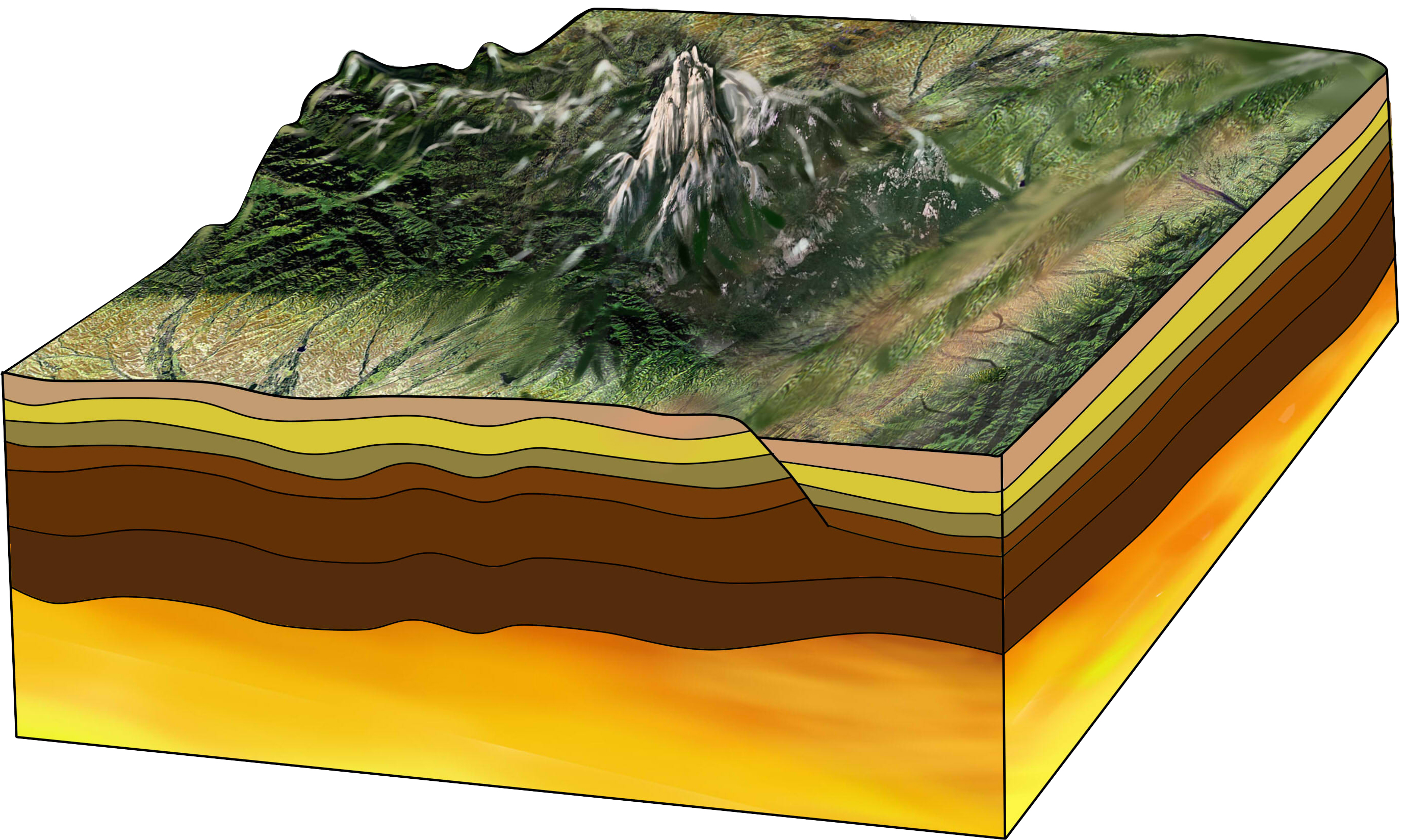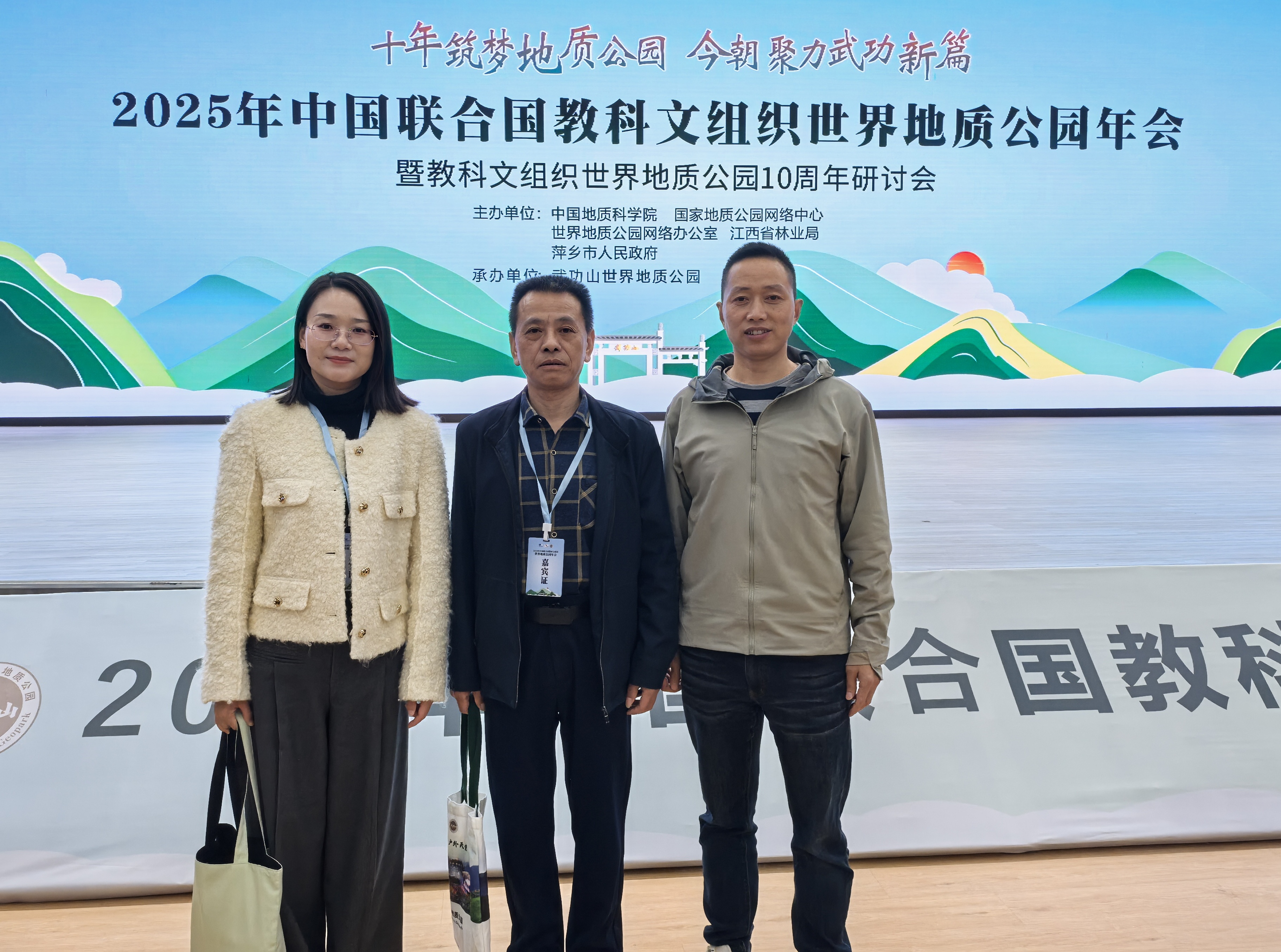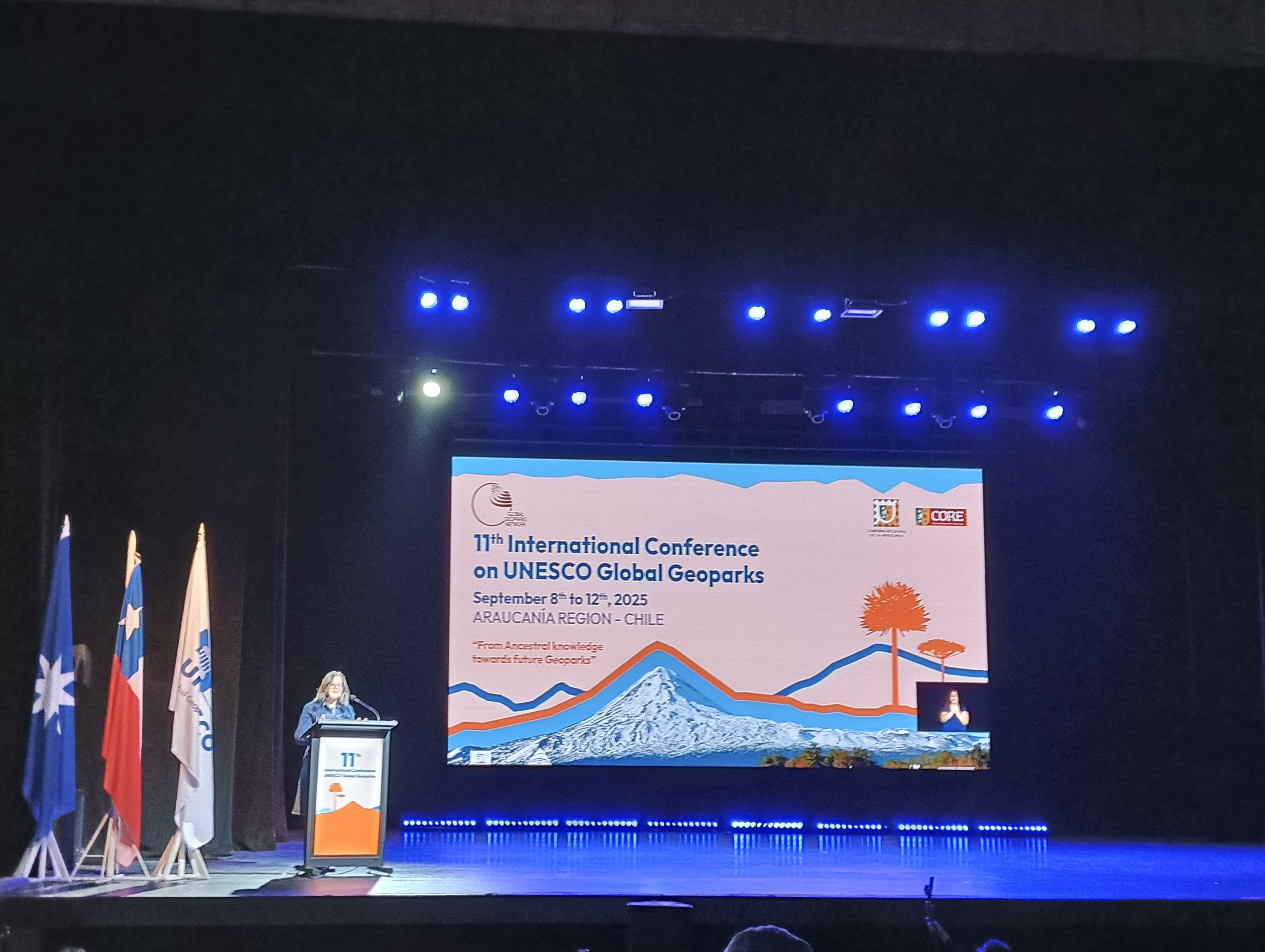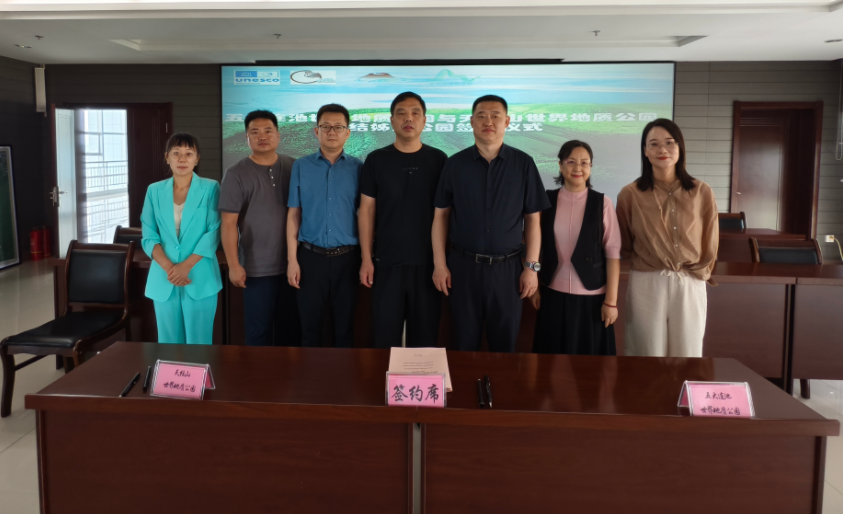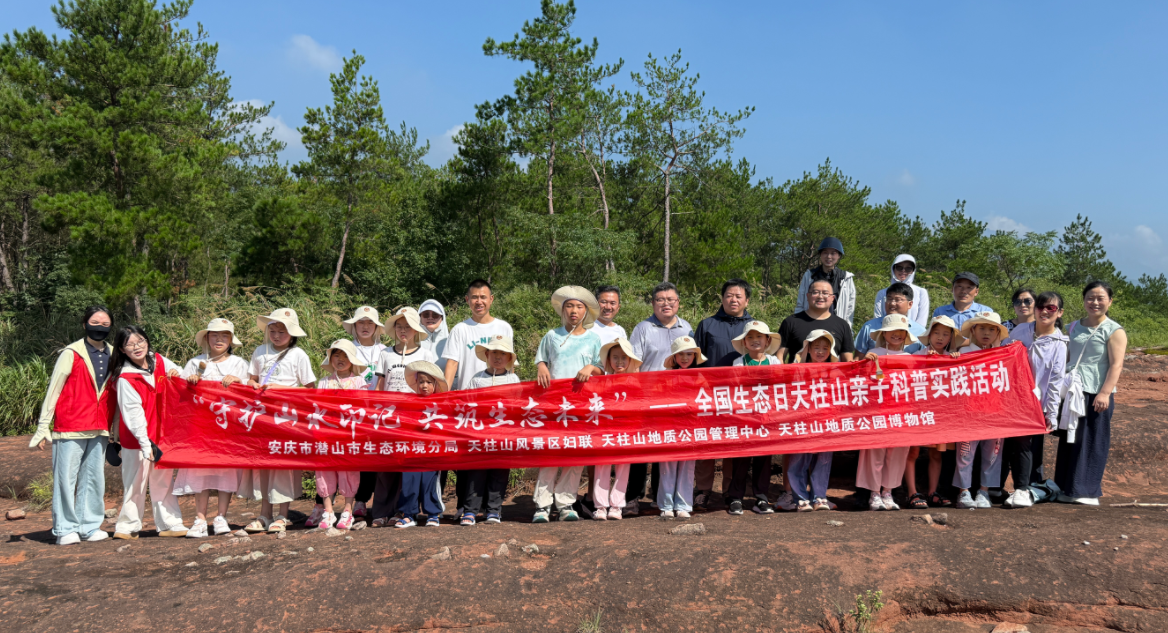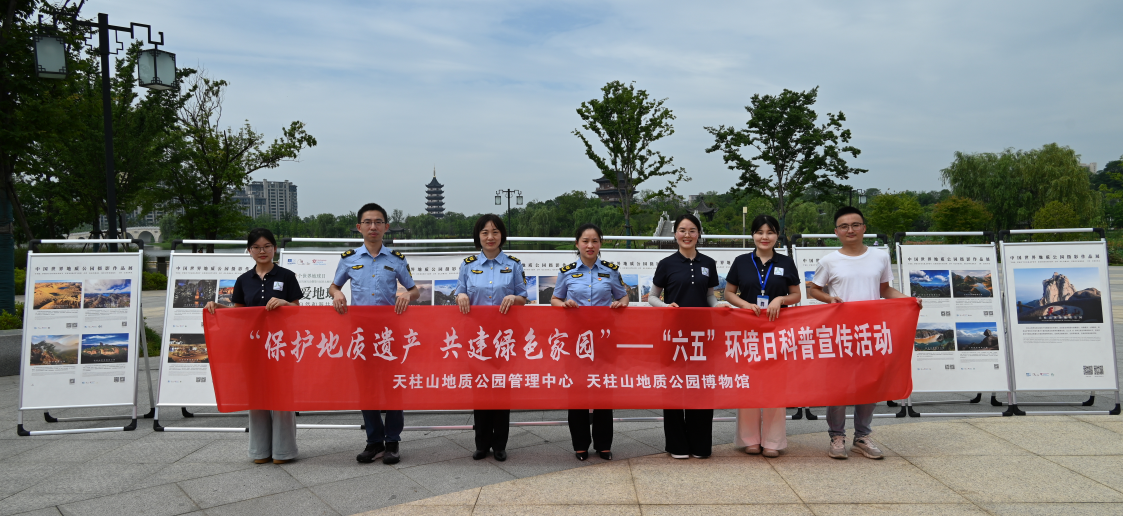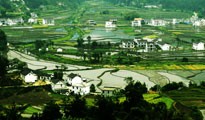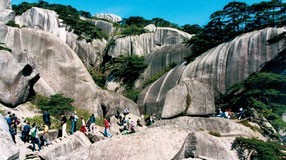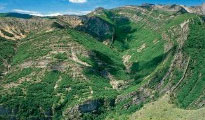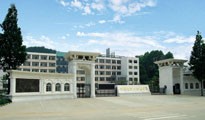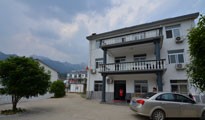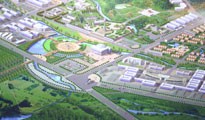In the past 1.8 billion years, Tianzhushan area has undergone crustal movements and dramatic changes, constituting the history of geological evolution.
1.8
billion years ago in the Paleoproterozoic era, Tianzhushan area, located between
the Yangtze Plate and the North China Plate, was a vast ocean. Sedimentary
rocks formed with the intrusion of magma.
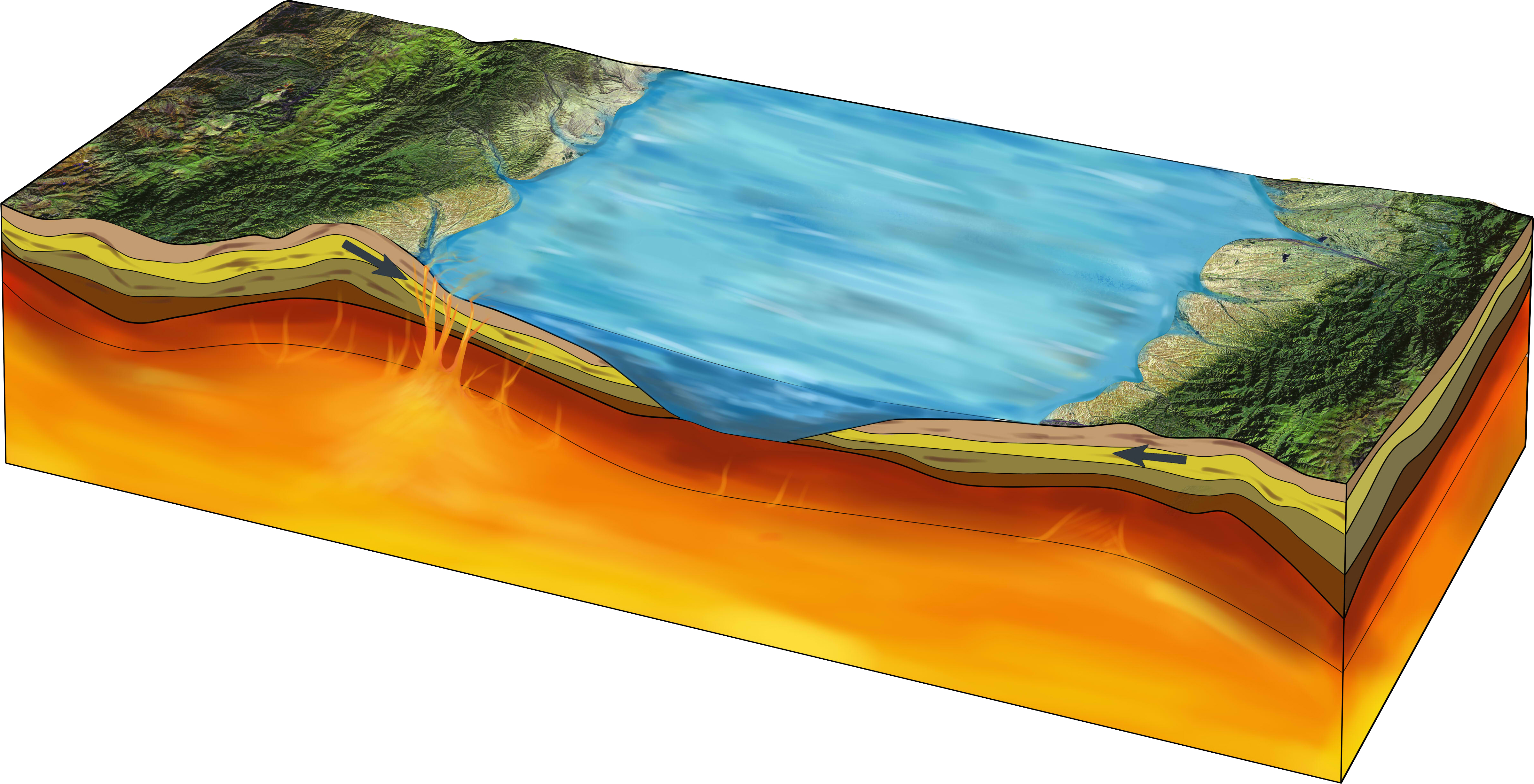
About 800
million years ago in the Neoproterozoic era, due to the upwelling of the Earth's mantle
and strong magmation, a large number of the original granitic gneiss rocks formed.

About 240
million years ago in the Middle Triassic epoch, the Yangtze Plate subducted under
the North China Plate about 80-120km deep under ground. As a result of
high temperature and ultrahigh pressure in the mantle, the rock underwent
metamorphism and formed UHP metamorphic rocks containing coesite or diamond.
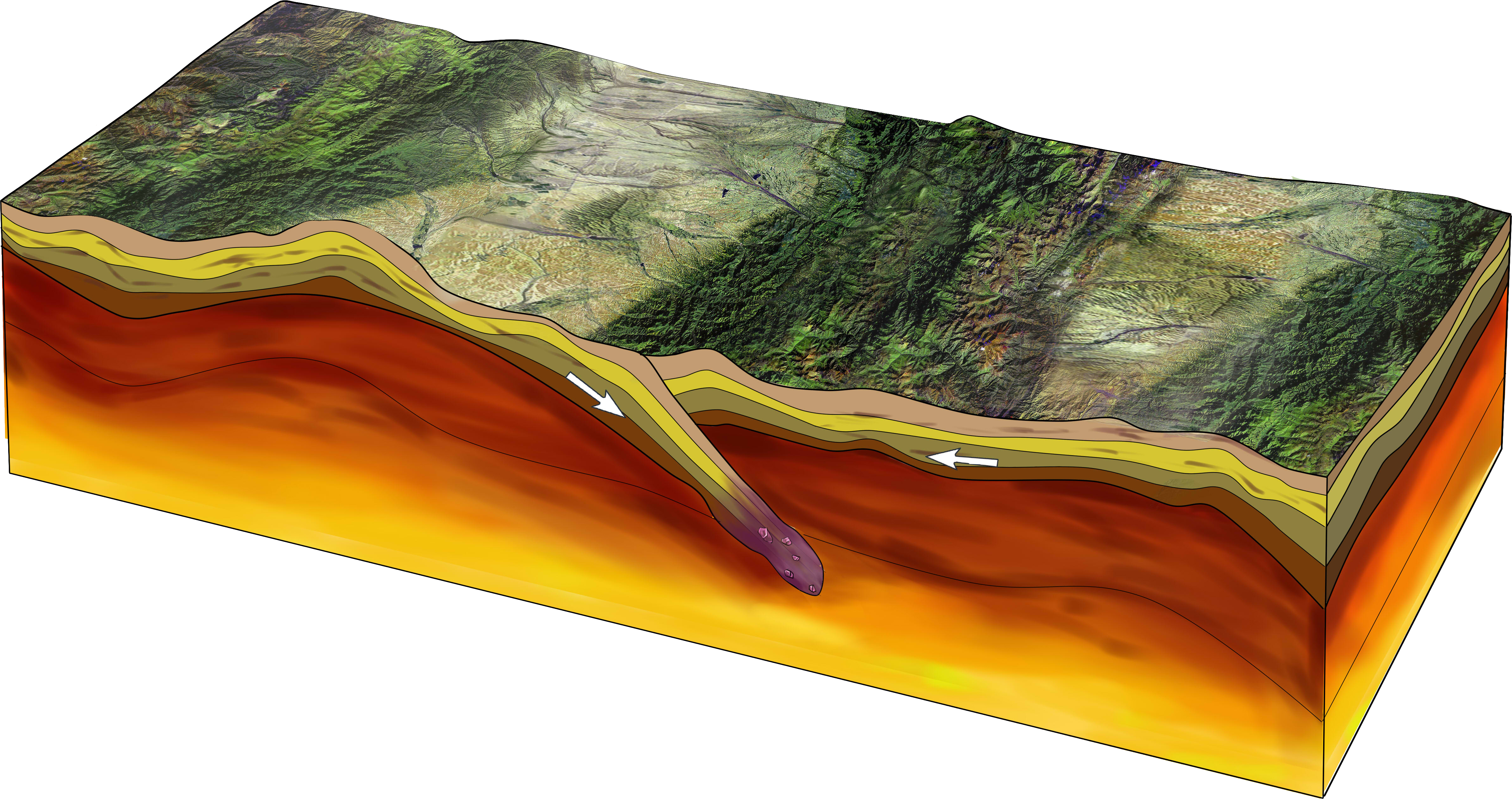
During the period from 230 million to 200 million years ago, the Yangtze Plate was taken apart through UHP metamorphism and then the upper rocks swiftly moved from a depth of 80km to the depth of 30 km deep underground.
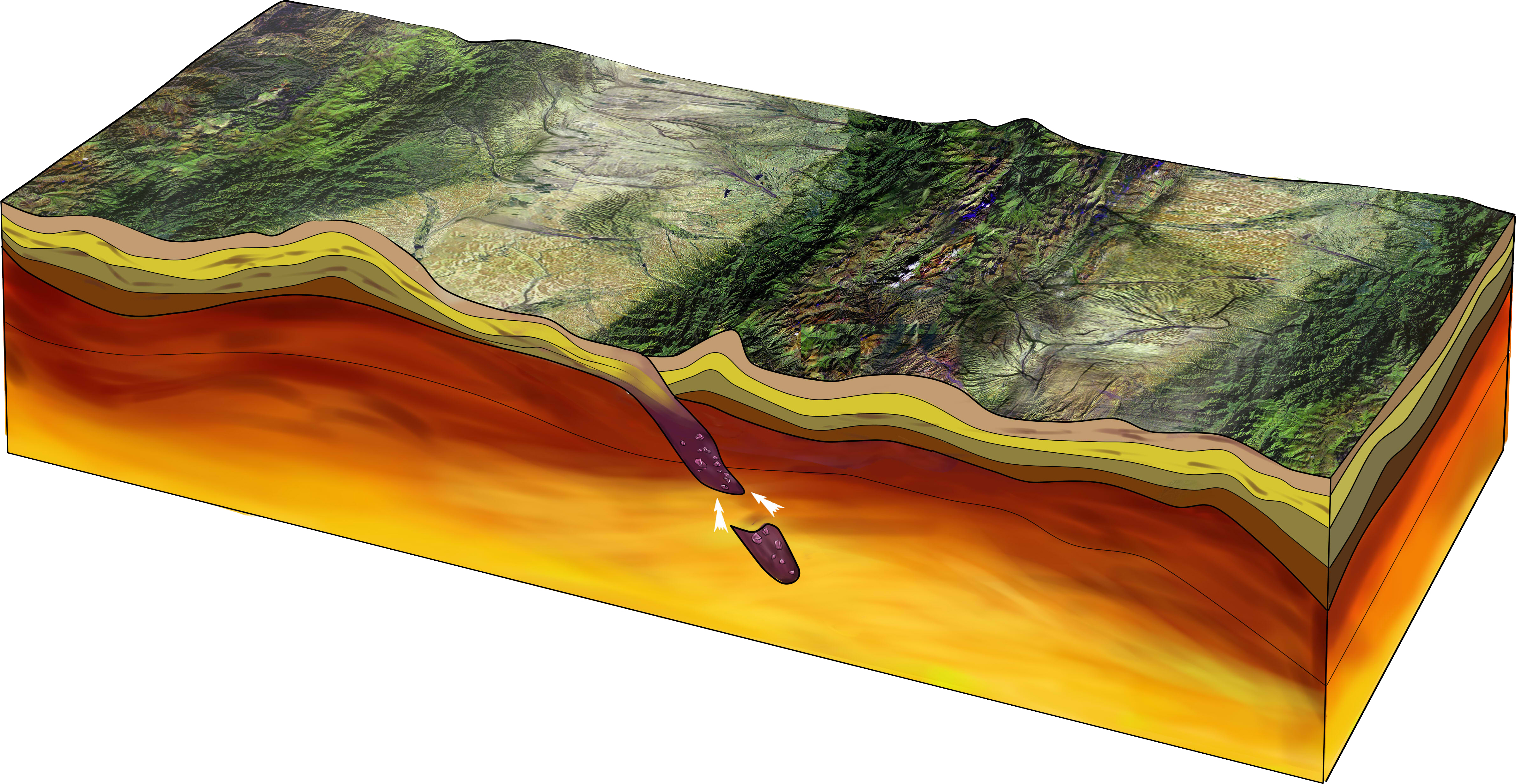
128 million
years ago in the early Cretaceous, the Yanshan movement caused hot magma from the
lower part of the Earth’s crust to intrude deep up into the Earth’s crust thousands of
meters away from the Earth’s surface, ultimately forming “underground Tianzhushan”.
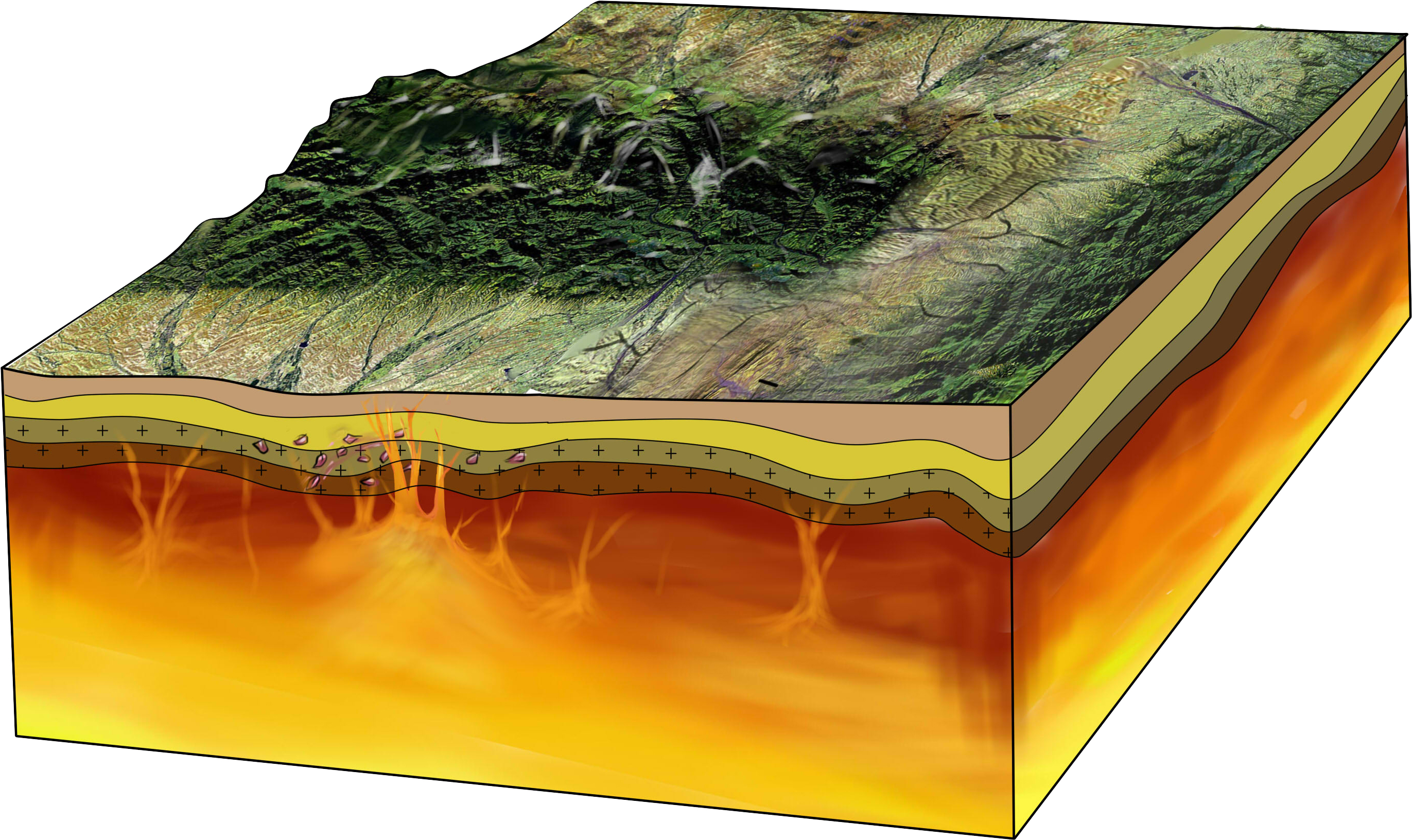
About 60 million
years ago in the Paleogene period, the Tancheng-Lujiang Fault Zone intersecting
Tianzhushan area was continuously active affected by the movement of the Pacific
Plate. As a result, the western Tianzhushan uplifted, exposing granite mass and the UHP metamorphic zone, while the eastern side sank to form Qianshan Basin, which
provided favorable conditions for animal life and plant growth, with many
mammals living there.

Starting from 23
million years ago in the Neogene period, Mountain Tianzhu was intermittently
uplifted as a result of the Himalayan orogenic movement and Tancheng-Lujiang fault
zone. Under the effects of weathering and erosion, today’s granite landform of
Tianzhushan formed.
